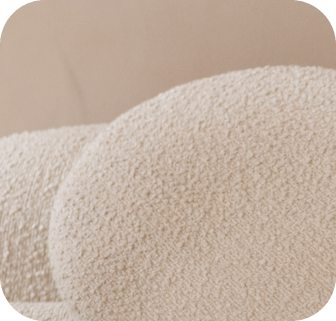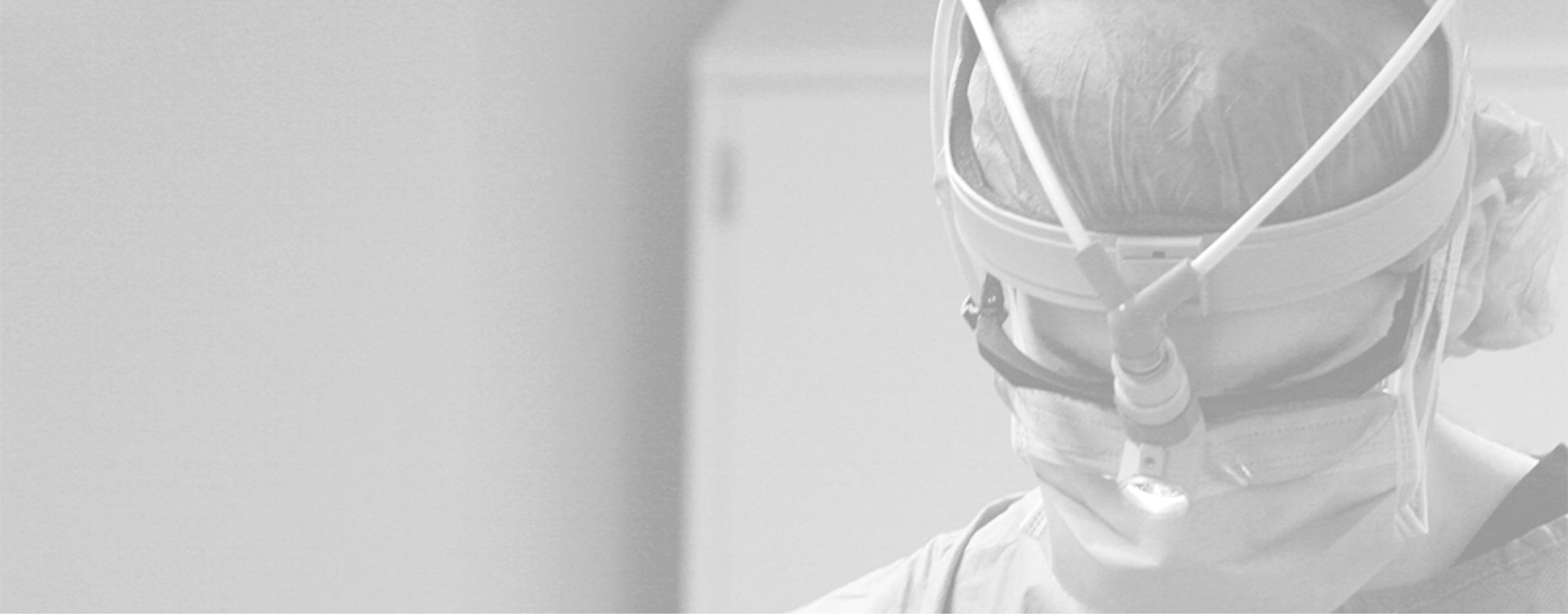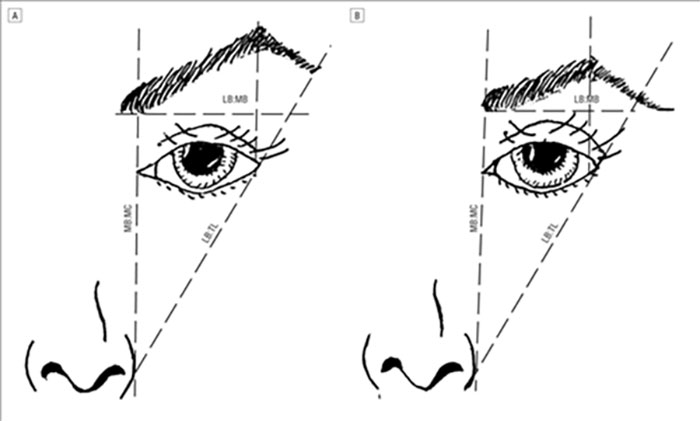Why Consider Having A Brow Lift Surgery?
A brow-lifting surgery is designed for patients with a distended or heavy brow area. Lifting the brow can help improve the appearance of the face and create a more youthful appearance.
What Is The Procedure Like?
A browlift procedure can take place in either a surgical center or in-office, depending on the approach of the procedure. Patients can expect swelling along the forehead and should ice the area early on. Typically, pain is minimal after the procedure. There are risks associated with this surgical procedure, and a board-certified plastic surgeon with experience in facial anatomy should perform it.
Am I A Candidate?
Good candidates for this cosmetic procedure are patients with a heavy brow seeking rejuvenation of the area.
What Can I Expect After A Brow Lift Procedure?
You can expect there to be bruising and swelling around the area after the procedure. Typically, this is normal. Also, there will be a feeling of numbness in the scalp during the recovery period, which is just part of the regular healing process. Normal feeling in the scalp should return a few months after surgery.
How Soon Can I Return To Work?
Patients can return to work as early as 3 days after the procedure. Although, most patients take 7 days to recuperate as a precaution.
Are There Any Risks?
As with all surgical procedures, there are risks to consider. Prior to consent, any questions and concerns will be met and answered by Dr. Shah and his knowledgeable staff.
Does Dr. Shah Like A Classic Or Coronal Brow Lift Surgery?
The classic brow lifting procedure is where a large incision is made across the hairline or in front of the hairline. Dr. Shah prefers endoscopic browlifts here except for cases that require hairline-lowering procedures. Here the combination of hairline lowering procedures with the lifting of the brow can justify the location of the pretrichial incision.
Do I Need A Brow Lift Or An Eyelid Lift?
Browlifts lift the brows, while the lower and upper eyelid surgery removes the excess skin around the eyes. Seek advice from Dr. Shah and his assistance in designing the appropriate surgery. Some patients will benefit from both procedures depending on their aesthetic goals.
How Does Brow Lifting With Botulinum Toxin Work?
Here, selective muscles of the face are relaxed to help elevate the brows. In some patients, the dramatic opening of the brows can occur, while more subtle results will be seen in others. Every patient’s muscles will have a different dynamic, so results can vary from patient to patient.















